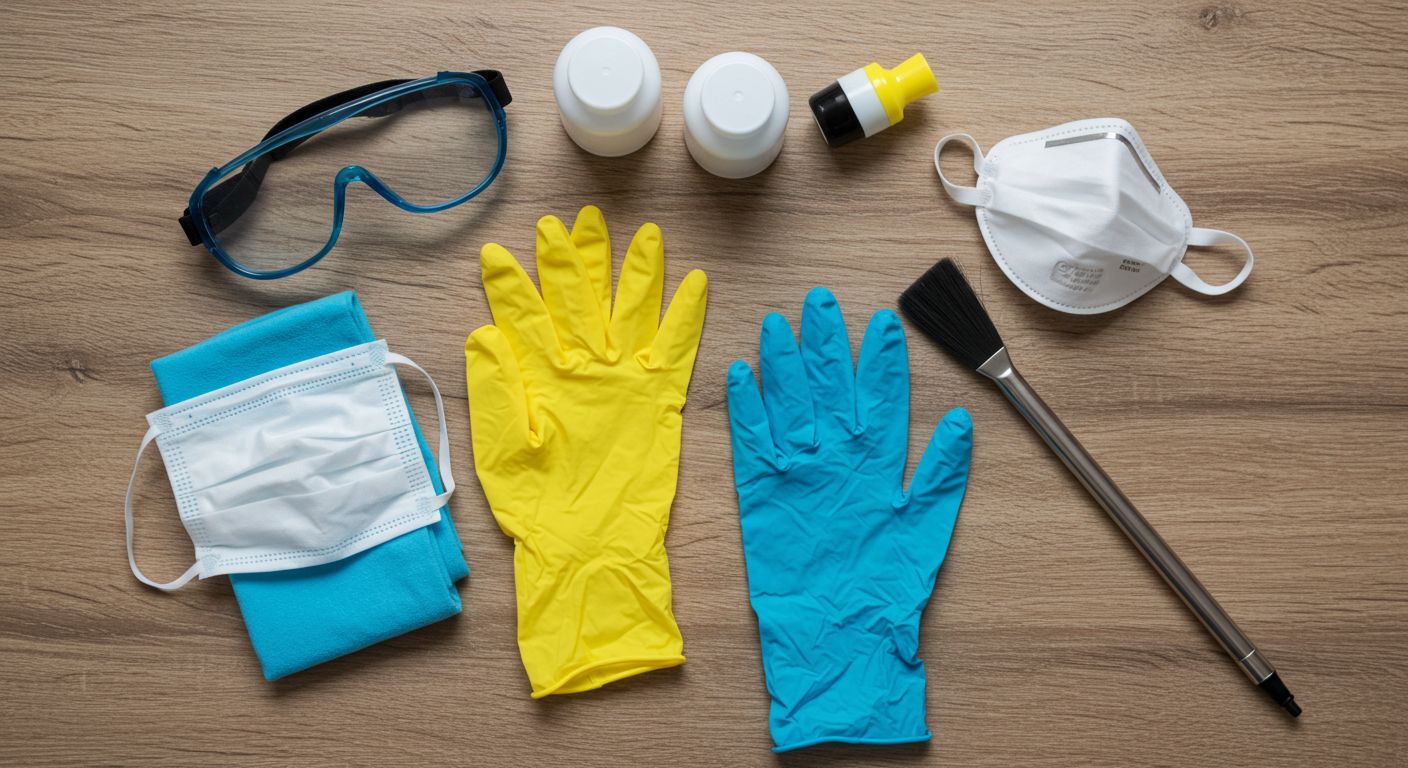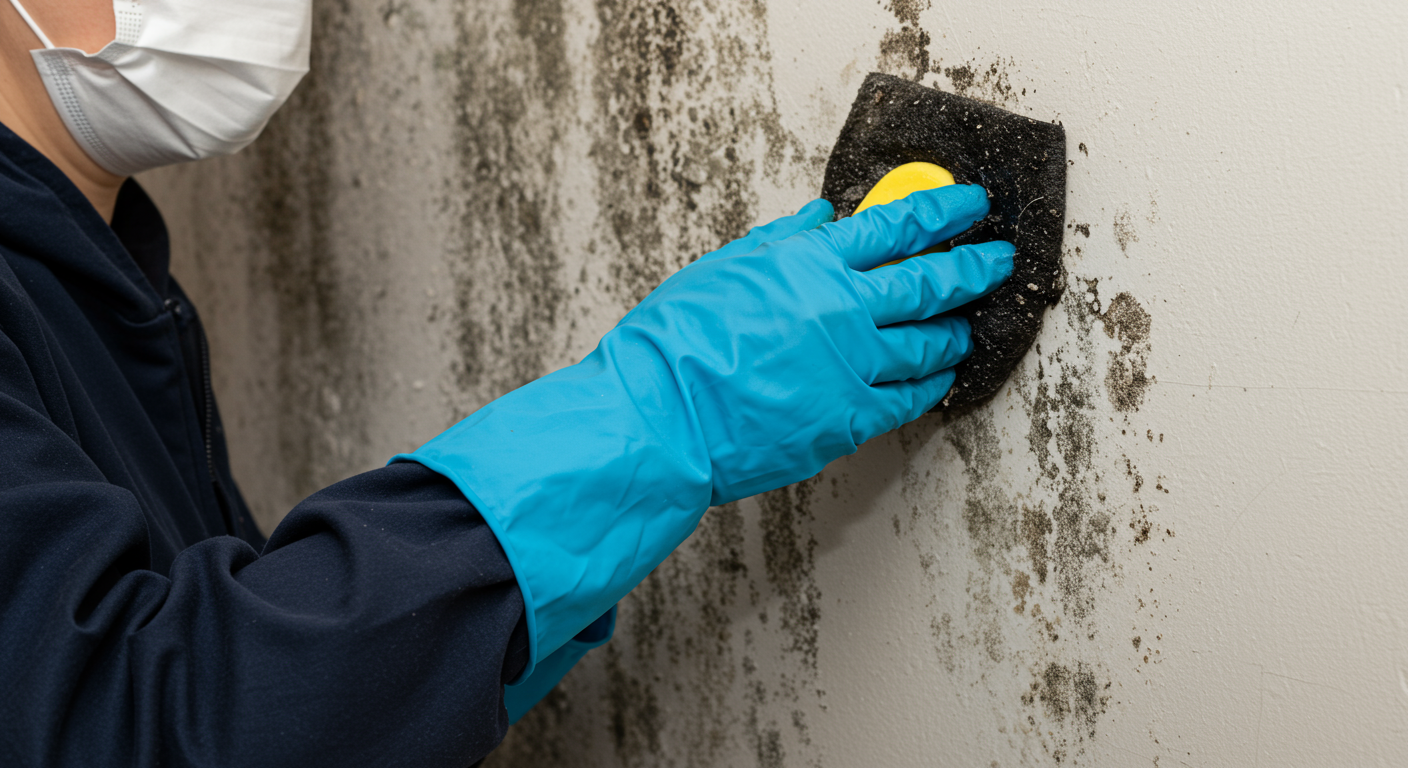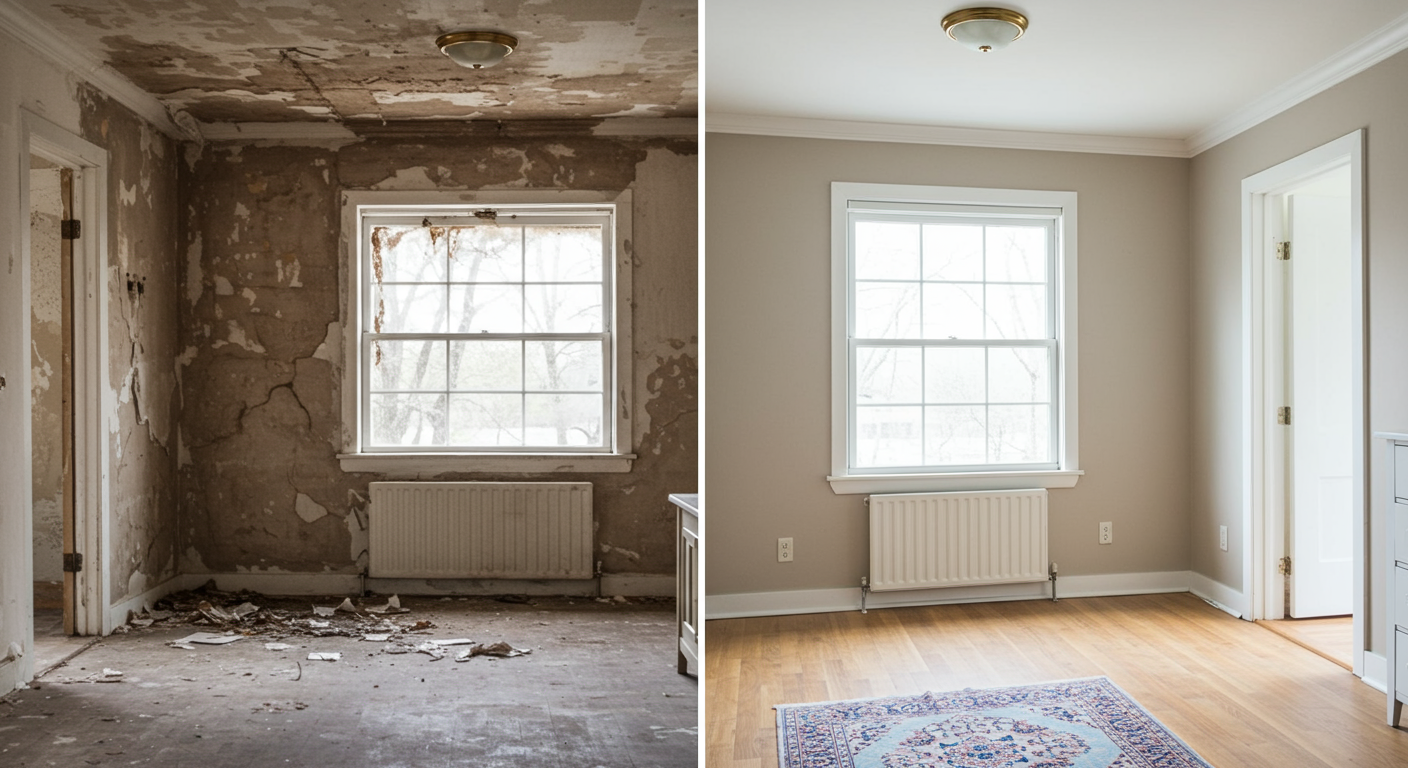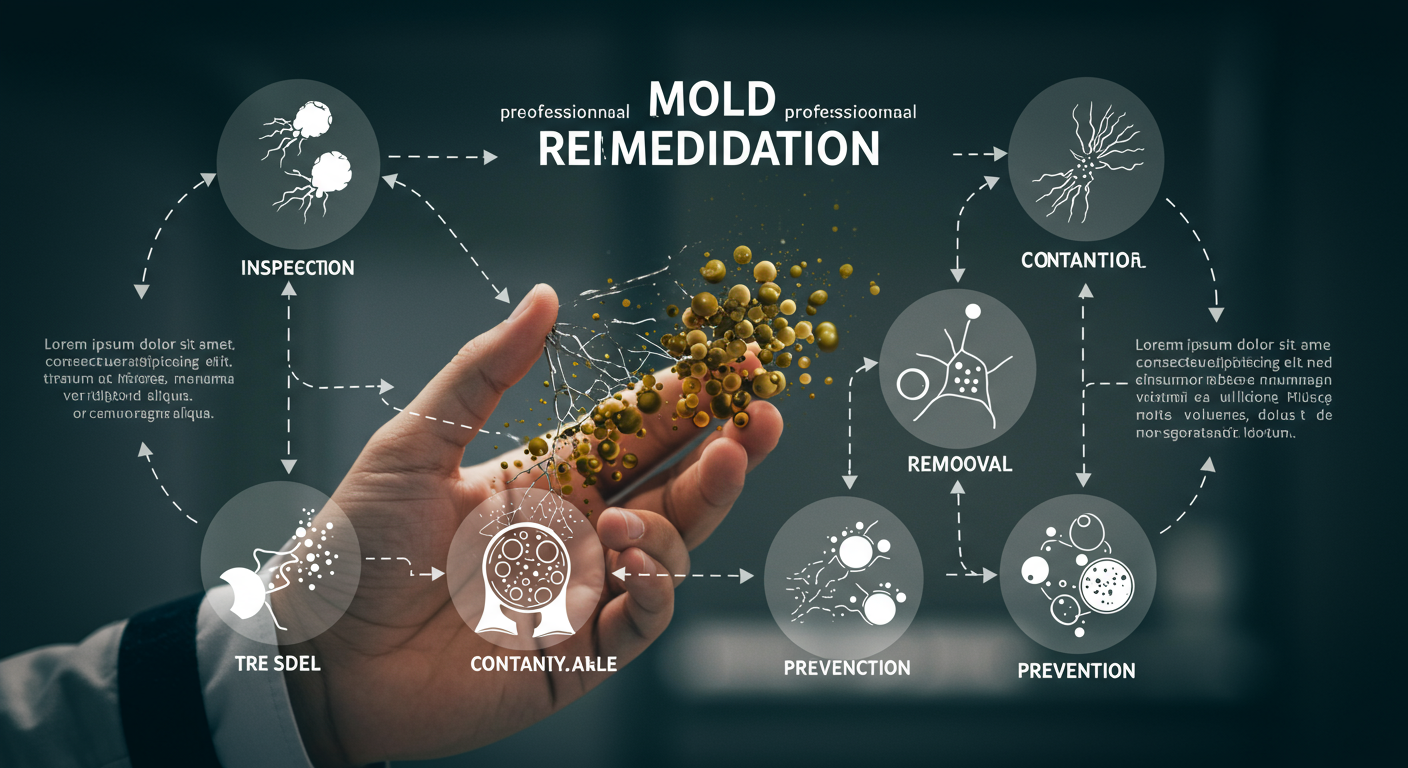Black mold is a common household issue that can pose serious health risks and damage your property if left untreated. Removing black mold from walls requires a systematic approach to ensure safety and effectiveness. This guide will walk you through understanding black mold, step-by-step removal techniques, and strategies to prevent its recurrence.
Understanding Black Mold: Risks and Causes
Health Risks Associated with Black Mold
Black mold, also known as Stachybotrys chartarum, releases spores that can cause various health problems. Prolonged exposure may lead to respiratory issues, allergic reactions, and even chronic illnesses in sensitive individuals. Symptoms such as coughing, sneezing, skin irritation, and headaches are common. For those with asthma or compromised immune systems, the risks are even greater. Addressing black mold promptly is essential to safeguard your health.
Common Causes of Mold Growth in Homes
Mold thrives in damp, humid environments. Common causes include water leaks, poor ventilation, and high indoor humidity levels. Bathrooms, basements, and kitchens are particularly susceptible due to frequent moisture exposure. Identifying and addressing these causes is crucial for effective mold control. Regular inspections and maintenance can help prevent mold from taking hold in your home.
Step-by-Step Guide to Remove Black Mold
Identifying Moisture Sources
Before removing mold, locate and address the source of moisture. Check for leaky pipes, roof leaks, or condensation buildup. Fixing these issues is vital to prevent mold from returning. Use a moisture meter to detect hidden dampness in walls or ceilings.
Essential Safety Precautions
Safety should be your top priority during mold removal. Equip yourself with protective gear, including gloves, goggles, and an N95 respirator mask. Ensure proper ventilation in the area by opening windows or using fans. Avoid direct contact with mold spores to minimize health risks.

Effective Cleaning Solutions (Natural vs. Chemical)
There are various cleaning solutions available for mold removal. Natural options like white vinegar and baking soda are effective for small infestations. Vinegar’s acidity kills mold spores, while baking soda absorbs moisture. For larger infestations, chemical solutions like bleach or commercial mold removers may be necessary. Always follow the manufacturer’s instructions and test the solution on a small area first.
Cleaning Techniques for Different Wall Types
The cleaning method depends on the type of wall surface:
- Painted Walls: Use a soft brush and a mixture of vinegar and water. Scrub gently to avoid damaging the paint.
- Drywall: Be cautious, as drywall is porous. Use minimal water and a mold-specific cleaner.
- Wooden Walls: Clean with a mixture of dish soap and water. Avoid soaking the wood to prevent warping.
After cleaning, allow the walls to dry completely to prevent mold regrowth.
Preventing Future Mold Growth
Moisture Control Strategies
Controlling moisture is key to preventing mold. Use dehumidifiers to maintain indoor humidity levels below 60%. Fix leaks promptly and ensure proper drainage around your home. In high-humidity areas like bathrooms, install exhaust fans to reduce moisture buildup.
Importance of Regular Inspections
Regularly inspect your home for signs of mold or moisture. Pay attention to areas prone to dampness, such as basements and attics. Early detection allows you to address issues before they escalate.
When to Seek Professional Help
For extensive mold infestations or if you’re unsure about handling the removal yourself, consider hiring a professional mold remediation service. Experts have the tools and expertise to safely and effectively remove mold. Learn more about professional services in your area, such as Expert Mold Remediation Services in Wellington, FL.
Frequently Asked Questions about Black Mold
How to Identify Black Mold?
Black mold often appears as dark green or black spots on walls, ceilings, or other surfaces. It has a musty odor and thrives in damp areas. If you suspect mold but are unsure, consider using a mold testing kit or consulting a professional.
What are the Long-Term Effects of Mold Exposure?
Long-term exposure to black mold can lead to severe health issues, including chronic respiratory problems, fatigue, and neurological symptoms. It can also exacerbate existing conditions like asthma or allergies. Addressing mold promptly is crucial to avoid these risks.
Can I Remove Mold Myself or Should I Hire a Professional?
For small infestations, DIY removal is feasible with proper precautions. However, for widespread mold or if you’re dealing with health concerns, hiring a professional is recommended. Professionals ensure thorough removal and prevent mold from spreading to other areas.
Removing black mold from walls is a manageable task with the right knowledge and tools. By addressing the root causes, following safety measures, and implementing preventive strategies, you can maintain a healthy, mold-free home. For expert assistance, consider services like Comprehensive Mold Remediation Services in Margate, FL. Stay proactive and protect your home and family from the dangers of black mold.


